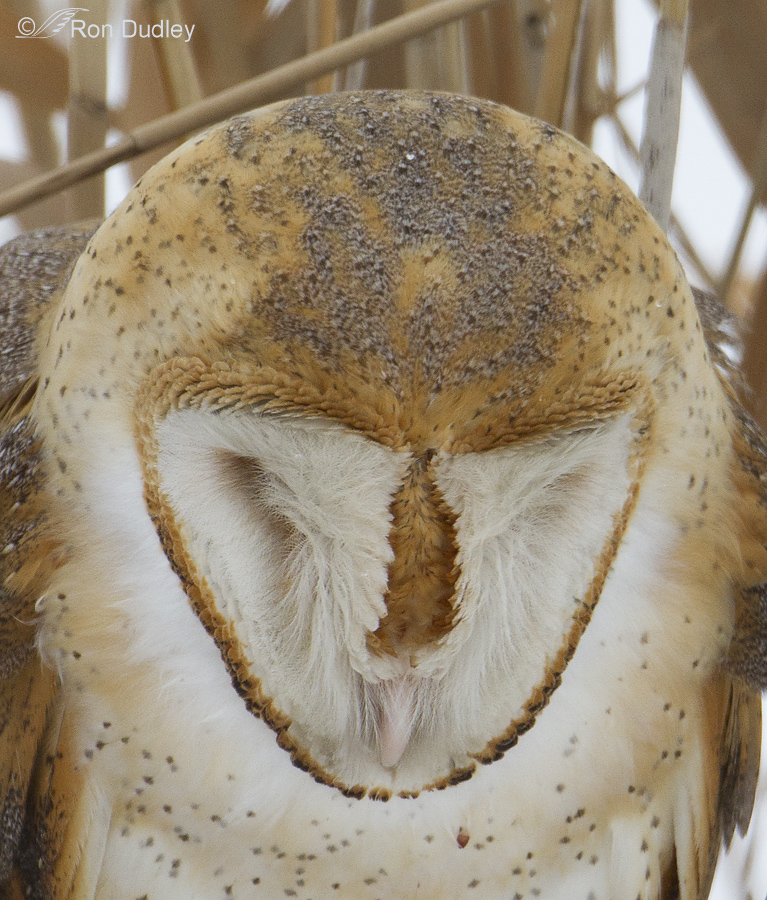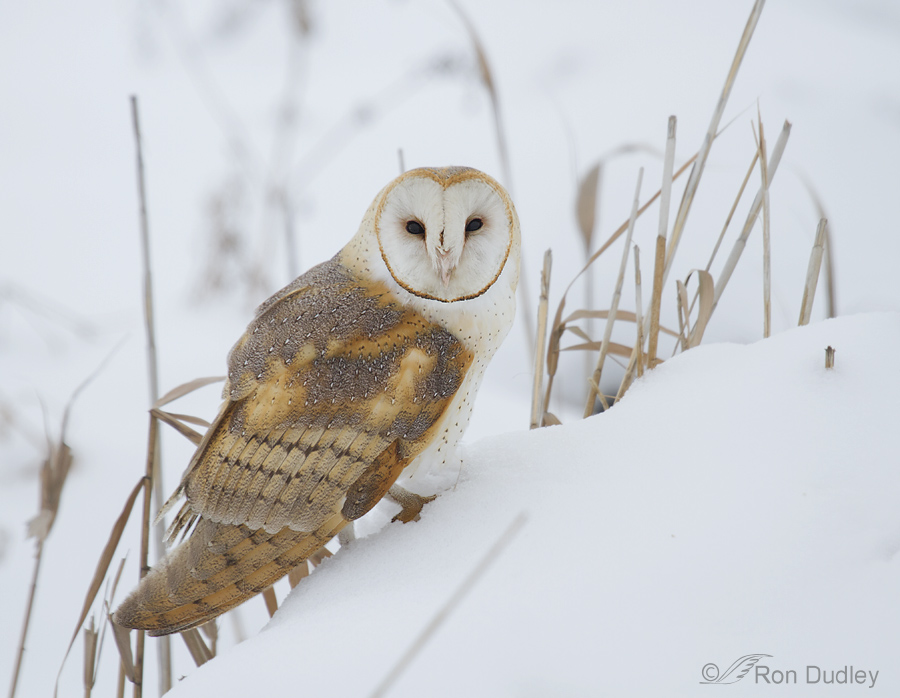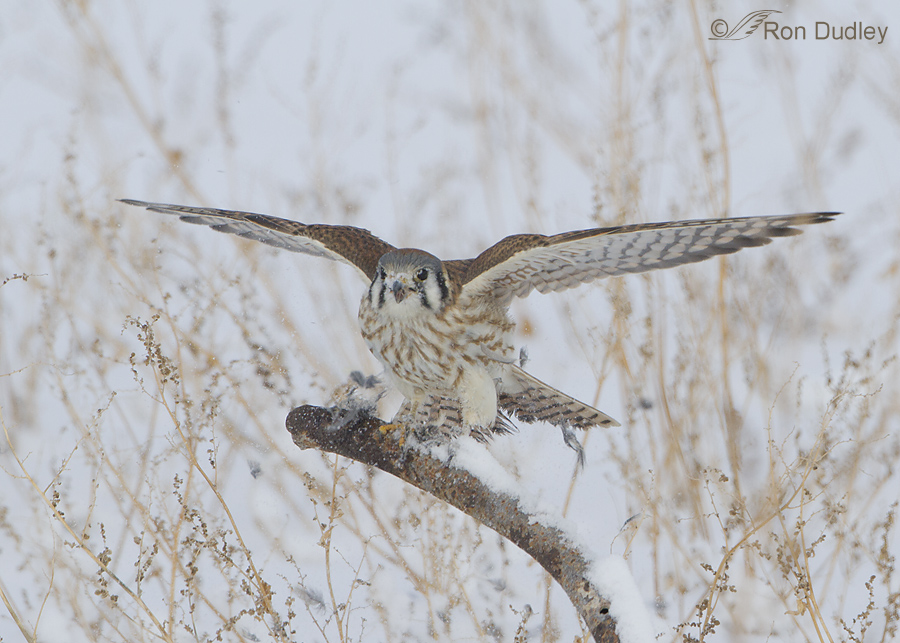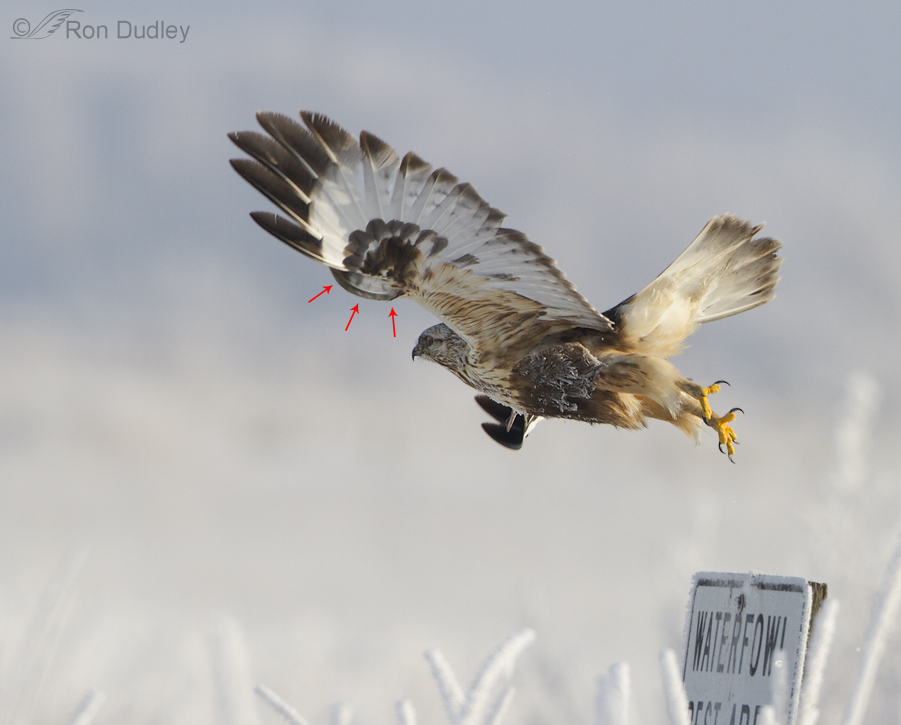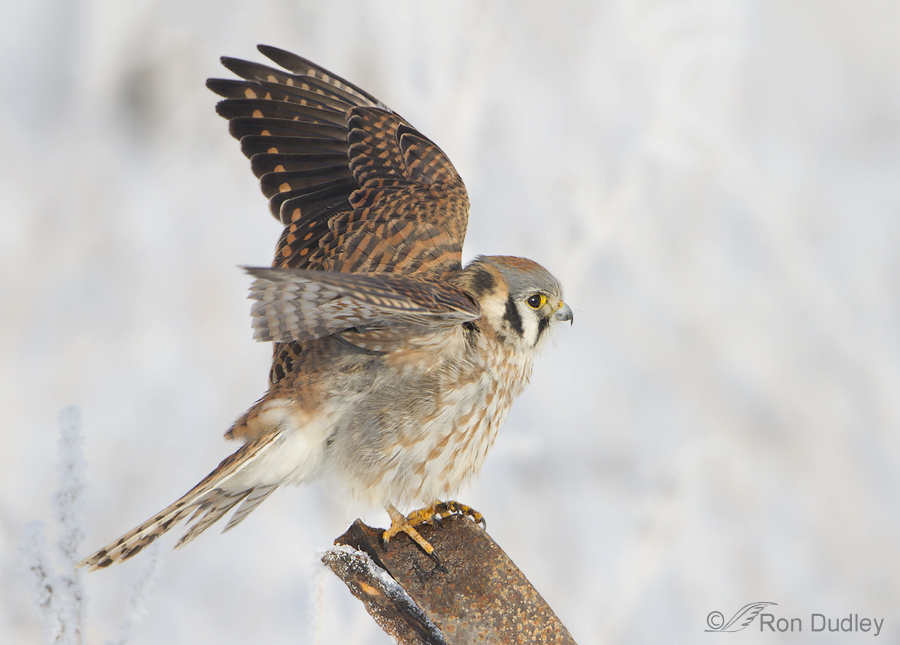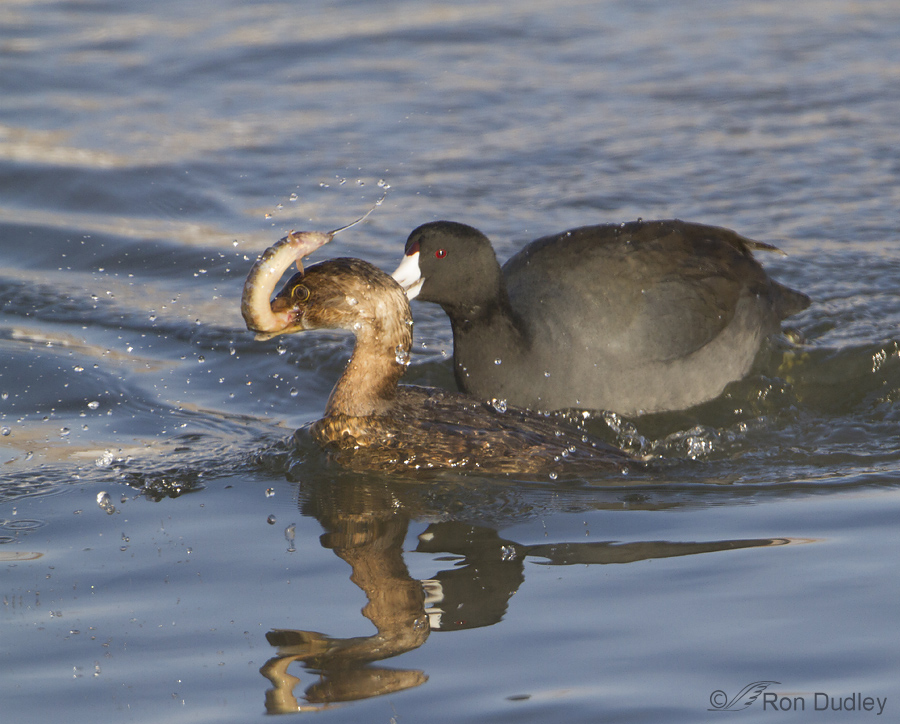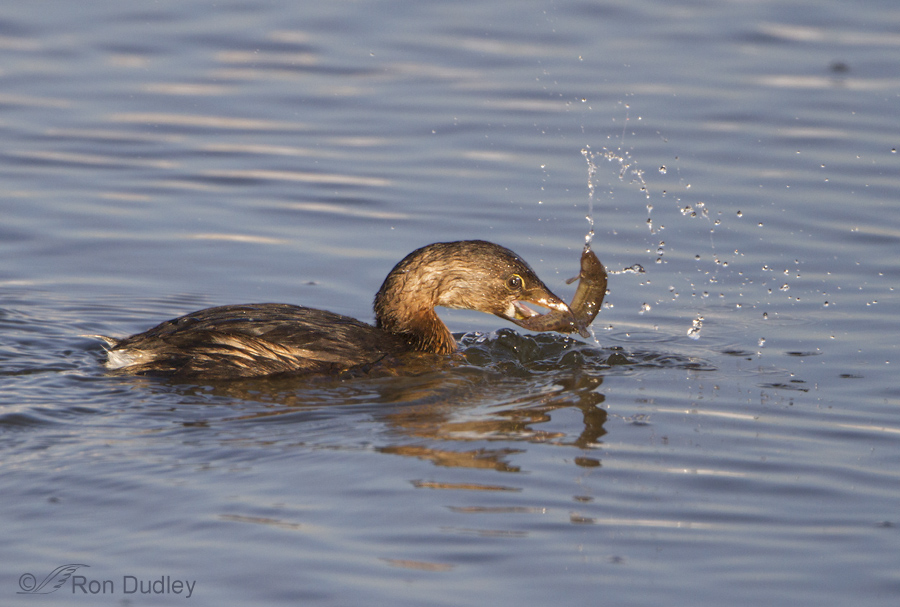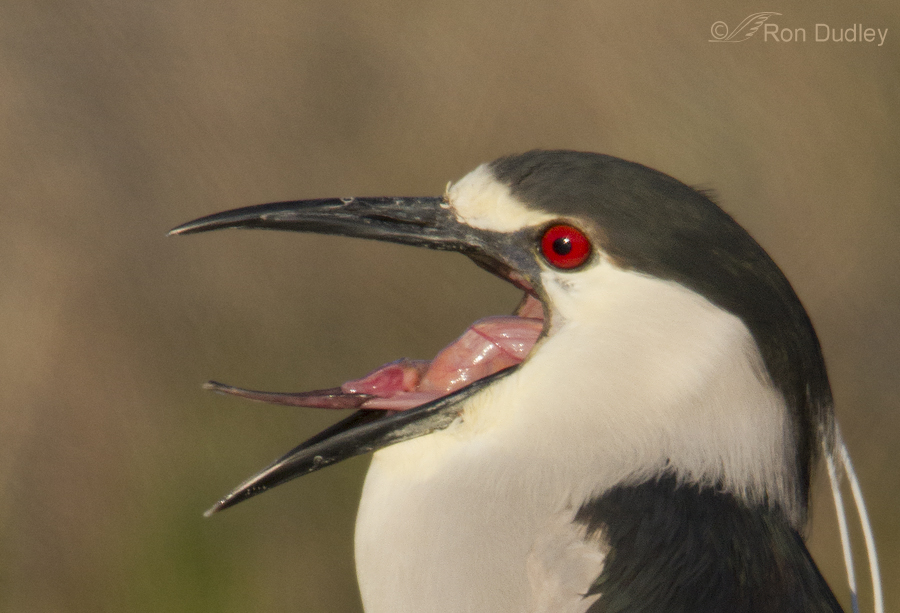Category: Behaviors
Barn Owl On A Snowy Slope
A Barn Owl Hunting And A Delightful Surprise When I Arrived Home
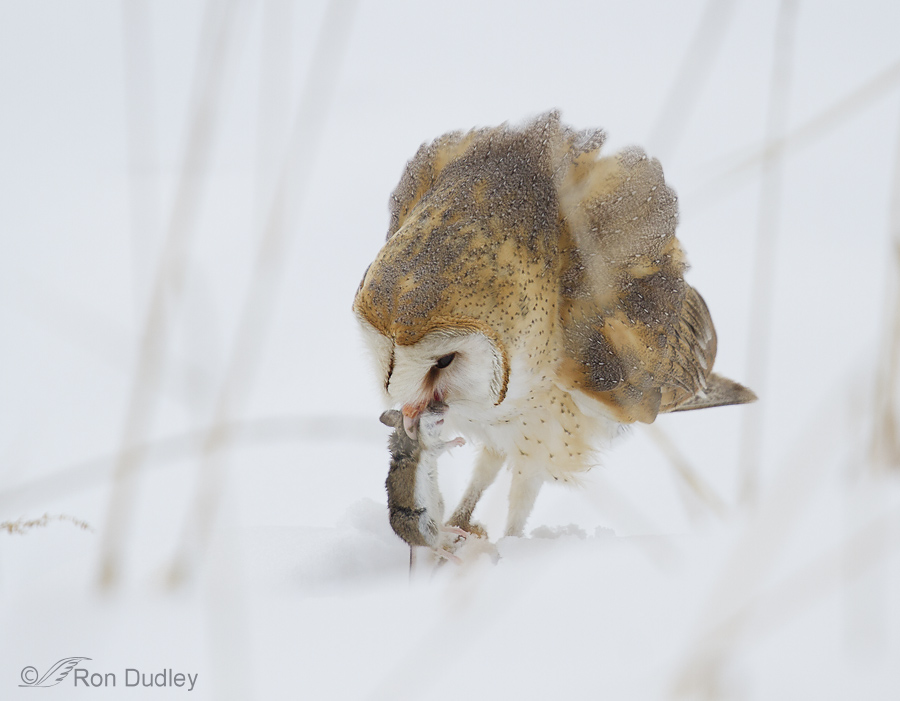
Yesterday was chock full of avian surprises!
It was overcast and gloomy the entire day, the kind of day we normally stay home, but in an effort to relieve cabin fever we finally broke down and left for Farmington at midday. While there we didn’t see many birds and almost left for home after one tour of the area but at the last minute decided to do another. That’s when this cooperative Barn Owl came into play.
A Resourceful Kestrel And An Unfortunate Pipit In The Snow
A Different Look At The Alula (bastard wing)
Rust On Rust – Female American Kestrel
Several Sparrow Species In Frost And Snow
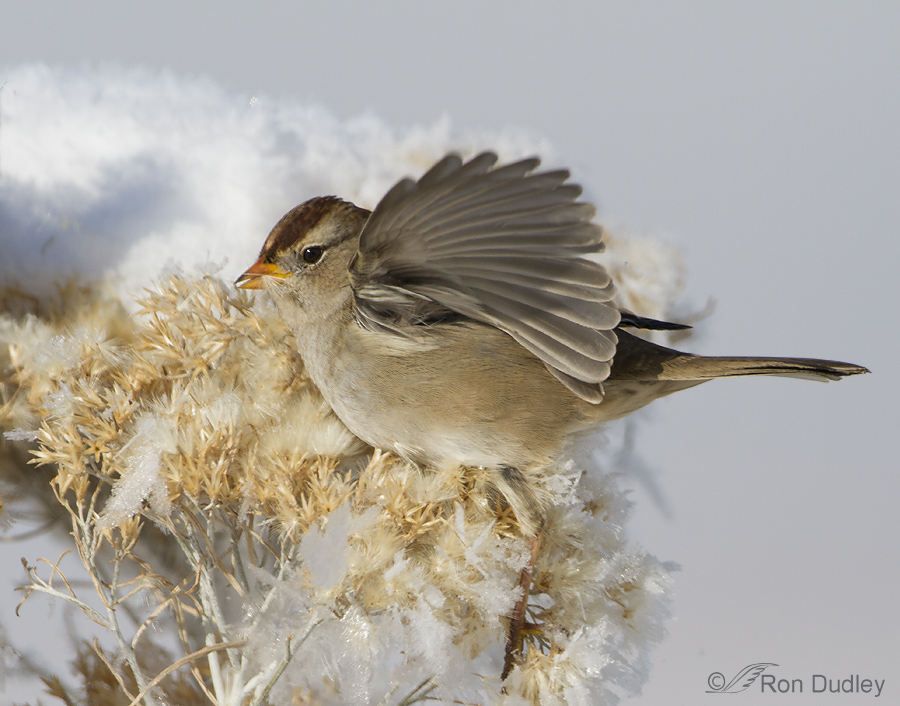
In my area most sparrow species aren’t easy to approach or catch out in the open for most of the year but when it’s very cold and they decide it’s time to begin their communal morning feeding routine they become much braver souls. Earlier this week I photographed three species of sparrows as they harvested seeds from their frost-covered parent plants.
A Coot In Pursuit Of A Grebe’s Fish
Pied-billed Grebe Feeding Behavior And An Invasive Species
Fledgling Yellow-headed Blackbird Begging For Food
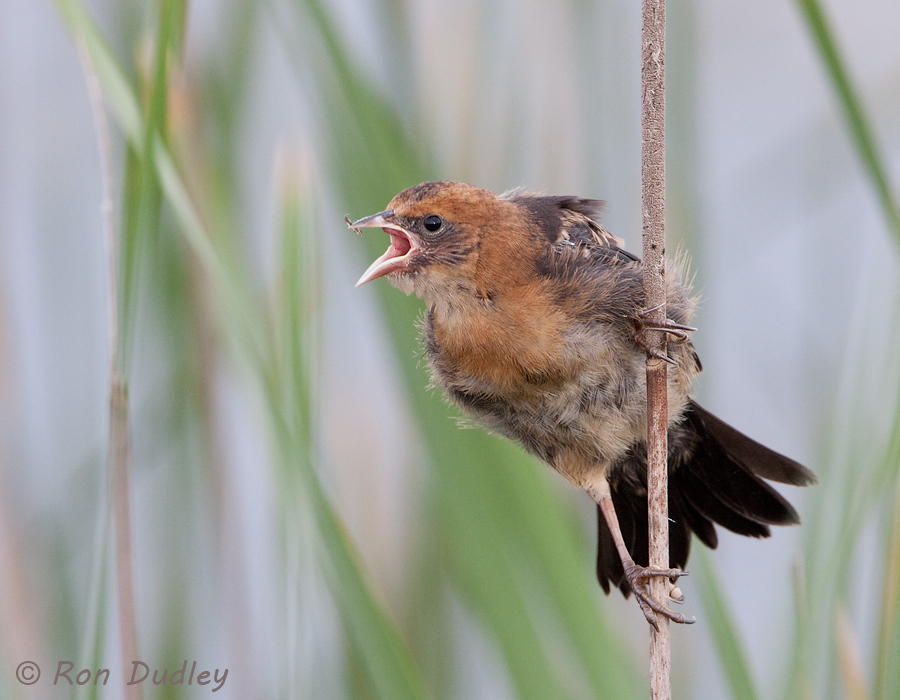
Young Yellow-headed Blackbirds leave the nest long before they can fly, at the very early age of 9 – 12 days. From then until they can fly they spend their time hiding in the dead vegetation near the surface of the water and begging incessantly for food.
This youngster had the begging routine down to a science.
Grebe Running Across A Pond’s Surface To Protect Its Prized Fish
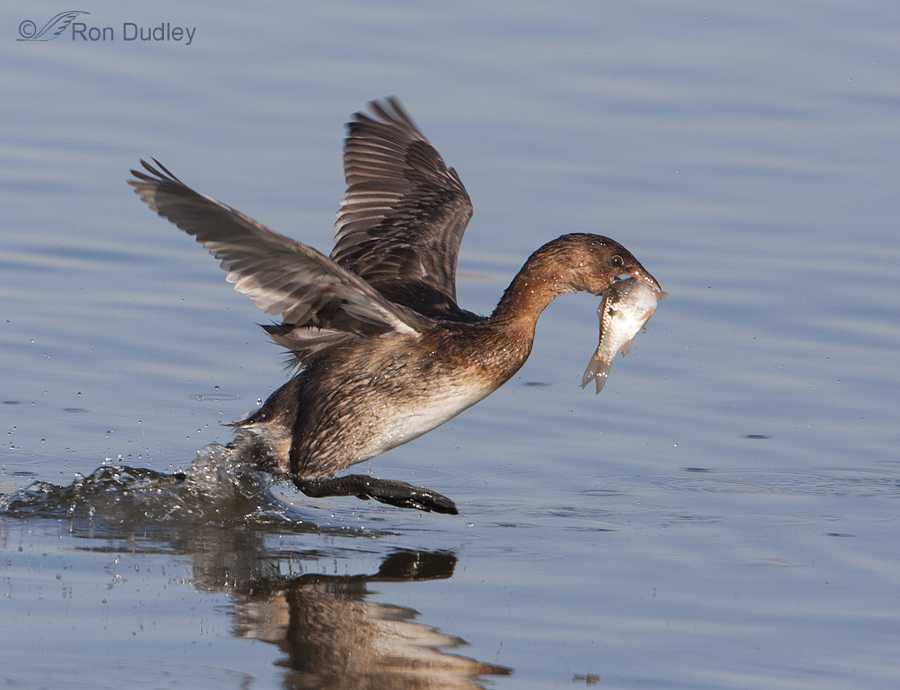
At first glance Pied-billed Grebes may come across as nondescript, bland little birds without much personality but I’ve found the opposite to often be true. When they’re not resting or grooming they’re active, quite vocal and when they’re feeding in groups they’re often aggressive, even pugnacious. Their kleptoparasitic tendencies can be entertaining to watch in the extreme.
Notice the layer of ice at the bottom of the frame – that ice will come into play later in the sequence.
Northern Harrier Showing Food Source Adaptability
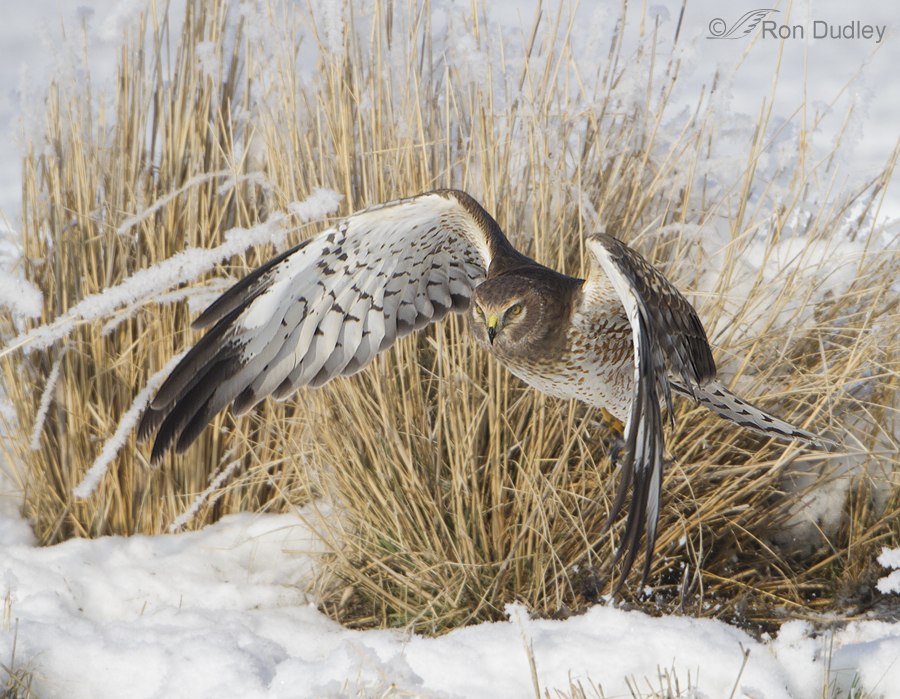
Last winter Northern Harriers really struggled to survive here in northern Utah. For several months it was bitter cold with a thick layer of snow on the ground which made it close to impossible for our wintering raptors (including Barn Owls) to find and catch their typical prey – voles. So harriers were forced to look for other food sources, including small birds. Songbirds are relatively scarce here that time of year but this harrier got lucky.
The American Goldfinch
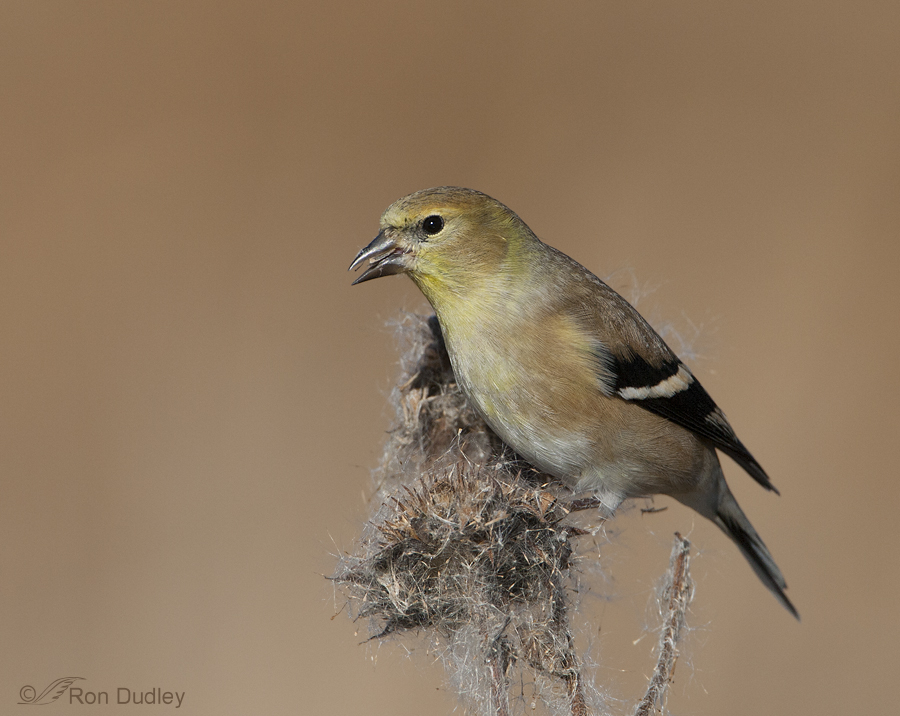
Due to ongoing copyright infringement issues I’ve recently spent enormous amounts of time registering many thousands of my images with the U.S. Copyright Office. During that process I ran across these American Goldfinch images that I’d essentially forgotten about. They were taken almost exactly 6 years ago (11/18/2007) when I was first learning bird photography.
Gadwall Stealing Food From A Coot
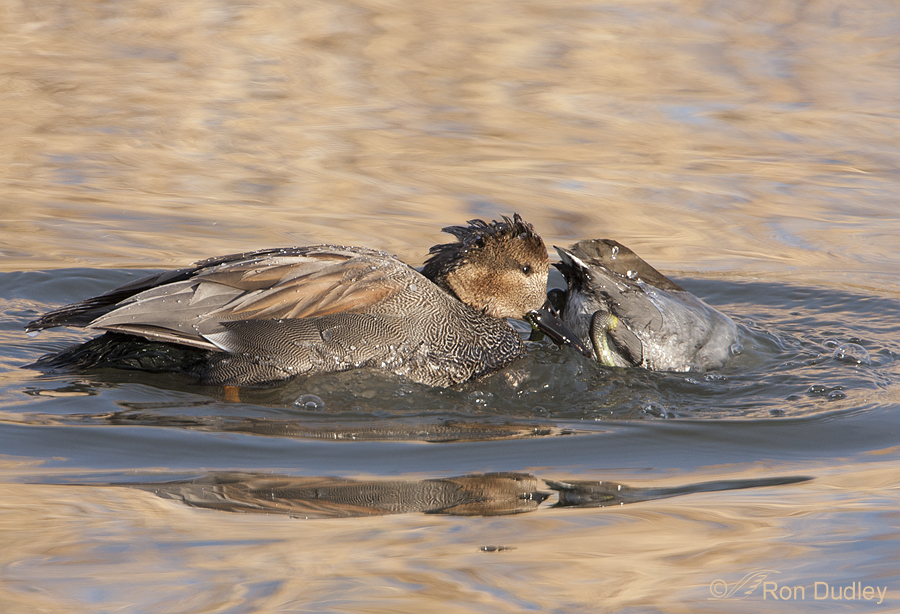
Gadwalls are well-known for stealing food (kleptoparasitism) from American Coots . They eat the same kinds of food (submerged aquatic vegetation), Gadwalls are almost a third bigger than coots and the two species often feed together in mixed flocks so being the bullies on the block, Gadwalls can’t resist taking advantage of the situation.
Black-crowned Night Heron Tongue
Barn Owl On A Snowy Slope
A Barn Owl Hunting And A Delightful Surprise When I Arrived Home

Yesterday was chock full of avian surprises!
It was overcast and gloomy the entire day, the kind of day we normally stay home, but in an effort to relieve cabin fever we finally broke down and left for Farmington at midday. While there we didn’t see many birds and almost left for home after one tour of the area but at the last minute decided to do another. That’s when this cooperative Barn Owl came into play.
A Resourceful Kestrel And An Unfortunate Pipit In The Snow
A Different Look At The Alula (bastard wing)
Rust On Rust – Female American Kestrel
Several Sparrow Species In Frost And Snow

In my area most sparrow species aren’t easy to approach or catch out in the open for most of the year but when it’s very cold and they decide it’s time to begin their communal morning feeding routine they become much braver souls. Earlier this week I photographed three species of sparrows as they harvested seeds from their frost-covered parent plants.
A Coot In Pursuit Of A Grebe’s Fish
Pied-billed Grebe Feeding Behavior And An Invasive Species
Fledgling Yellow-headed Blackbird Begging For Food

Young Yellow-headed Blackbirds leave the nest long before they can fly, at the very early age of 9 – 12 days. From then until they can fly they spend their time hiding in the dead vegetation near the surface of the water and begging incessantly for food.
This youngster had the begging routine down to a science.
Grebe Running Across A Pond’s Surface To Protect Its Prized Fish

At first glance Pied-billed Grebes may come across as nondescript, bland little birds without much personality but I’ve found the opposite to often be true. When they’re not resting or grooming they’re active, quite vocal and when they’re feeding in groups they’re often aggressive, even pugnacious. Their kleptoparasitic tendencies can be entertaining to watch in the extreme.
Notice the layer of ice at the bottom of the frame – that ice will come into play later in the sequence.
Northern Harrier Showing Food Source Adaptability

Last winter Northern Harriers really struggled to survive here in northern Utah. For several months it was bitter cold with a thick layer of snow on the ground which made it close to impossible for our wintering raptors (including Barn Owls) to find and catch their typical prey – voles. So harriers were forced to look for other food sources, including small birds. Songbirds are relatively scarce here that time of year but this harrier got lucky.
The American Goldfinch

Due to ongoing copyright infringement issues I’ve recently spent enormous amounts of time registering many thousands of my images with the U.S. Copyright Office. During that process I ran across these American Goldfinch images that I’d essentially forgotten about. They were taken almost exactly 6 years ago (11/18/2007) when I was first learning bird photography.
Gadwall Stealing Food From A Coot

Gadwalls are well-known for stealing food (kleptoparasitism) from American Coots . They eat the same kinds of food (submerged aquatic vegetation), Gadwalls are almost a third bigger than coots and the two species often feed together in mixed flocks so being the bullies on the block, Gadwalls can’t resist taking advantage of the situation.


